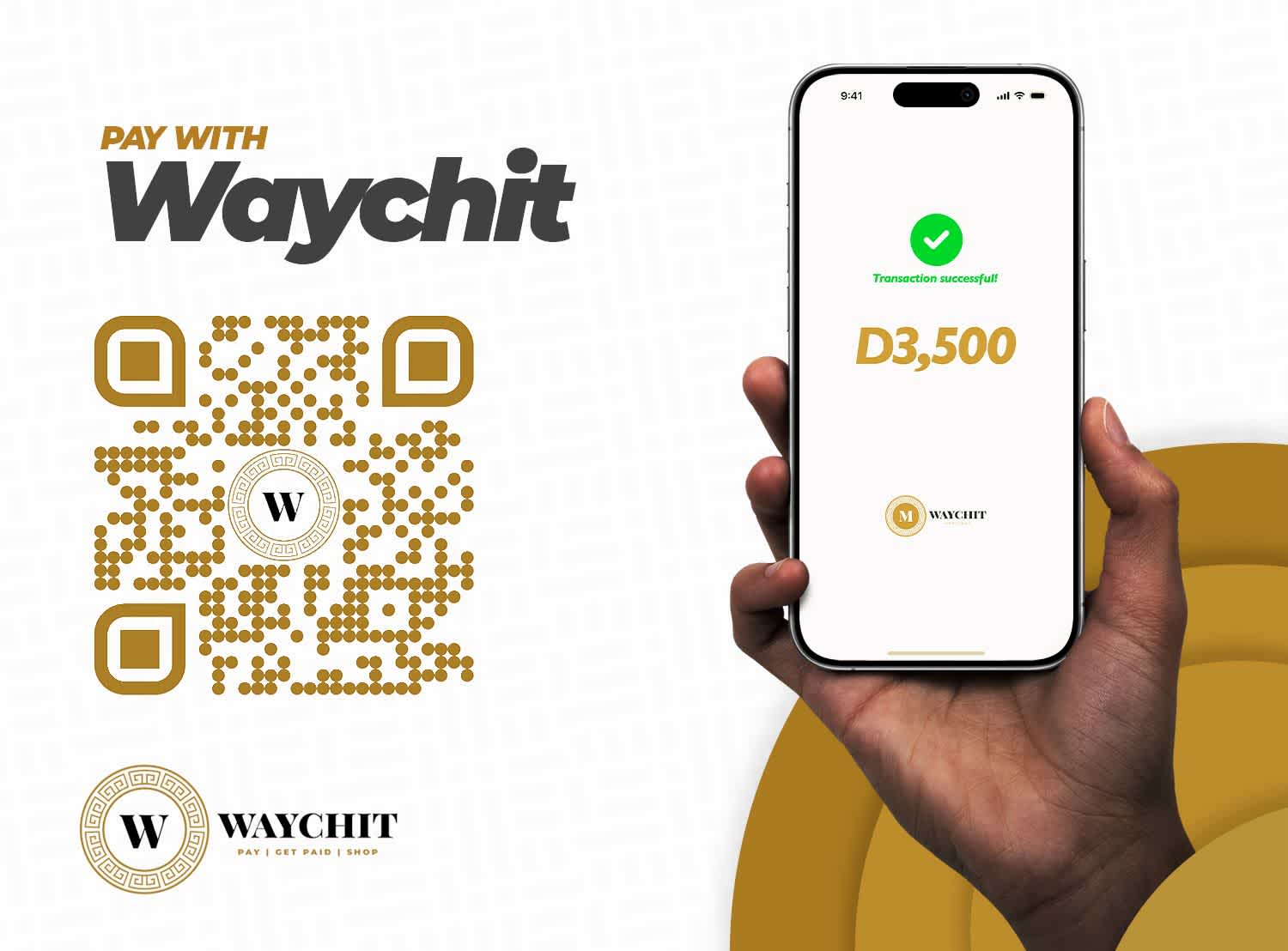
Ebrima Y Jallow
6 min read
Flywheels - Achieve Viral Growth for your product.
A flywheel is a term used in product marketing to describe a self-sustaining and self-reinforcing process that can drive a product or business growth. In the context of Marketing, a flywheel typically refers to a feedback loop created when a product or service provides value to customers, which in turn leads to more customers, growth, and value.
In this blog post, we will cover the
- The basic principles of Flywheels
- Why they're essential tools in every growth hackers toolbox
- Flywheels Vs. Funnels.
- Typical flywheel examples.
- Key takeaways.
The Principles of Flywheels
The feedback loop: Feedback loops are the bread and butter of different types of systems in different domains, like biology, social, and technical systems. A feedback loop is a system in which the output of a process is used as input for the same process, creating a self-reinforcing cycle. Feedback loops are the most integral part of product Flywheels. In congruence with the popular saying, "If you can't measure it, you can't improve it," feedback loops in flywheels allows us to measure our current state or performance in a specific area and use that to make inference about the next direction to take.
If you can't measure it, you can't improve it.
The feedback loop is a vital element of the flywheel, as it creates a self-sustaining and self-reinforcing process that drives growth. This feedback loop is typically made by the value provided to customers. But how do you gauge value if you are not measuring it?
For example,
- Platform offers competitive variety of features.
- Customer gets financial insights they couldn’t see before.
- Customer uses insights to increase revenue.
- Customer’s data informs new features to create.
Measure once, twice, and more
Step 1: If you have a tech product like a mobile and web application, using analytics platforms like google analytics, Amplitude, and Mixpanel, you can accurately measure the activities users are doing on your platform, see the activities that are aligned with the metrics that align with your business goals to ascertain value. Now that you've confirmed user activities associated with your core product value.
Step 2: Find the activities most correlated with the desired user behaviors. For e.g., On a payment aggregator like Waychit, a desired user behavior/activity is making or receiving a payment. But a massive propellant of doing that is first linking a Payment Account. To nudge users to make a payment, it'd only make sense to nudge them to integrate a payment account first.
Step 3: Since transactions are the North Star metric for Waychit, and we've incentivized users to do the actions most correlated with making a transaction, i.e., adding a payment account like a bank account or mobile money account, the next step is to incentivize the other side of the market - The Merchants.
Step 4: Incentivize merchants to join the platform and accept payments through Waychit. This can be done by offering exclusive access to a larger customer base, or providing additional tools and resources to help them manage their business more effectively. The more merchants that join the platform, the more valuable it becomes for users, which in turn can lead to increased user engagement and transactions. It's important to ensure that the incentives offered to merchants are aligned with the overall business goals and strategy of the company. Additionally, it's crucial to continually track and analyze the impact of these incentives on merchant acquisition and retention.
Why Flywheels
The goal of every growth hacker is to find the 20% of work that brings in 80% of returns. And this is why flywheels are essential; instead of looking outside of the product, e.g., social media marketing (which I have to say works in certain instances), a growth hacker will instead look within the product for growth opportunities to leverage to spin the wheels faster. Some of the importance of product-led growth initiatives is how it allows one to look within the product and identify the wheels that are tracking and amplifying them and the wheels that are spinning to kill or deprioritize them.
Flywheels Vs. Funnels
Growth funnel
In a typical flywheel-centric growth strategy, all growth initiatives are product-led. This calls for looking into different user flows within the product, mainly user flows tight to specific business metrics, like purchases on Waychit, and identifying the other pain/friction points for your users and ameliorating them as much as possible. On the other hand, funnels are used as tools to discover how users engage with your product at every step of the user journey. In funnels, unlike Flywheels, there'd be situations where you leverage levers outside of your product to limit friction or nudge users to take specific actions in your product. Funnels allow growth hackers to focus on a particular part of a product or user journey to determine what is going on and develop solutions.
In funnels, unlike Flywheels, there'd be situations where you leverage levers outside of your product to limit friction or nudge users to take specific actions in your product.
Flywheels and Funnels are techniques/tools that every growth hacker must have in their toolbox. It's usually not about choosing one of them over another but about knowing the type of product, industry, and business goal you want to optimize. Every business needs a Flywheel because when they start spinning, your company becomes a self-enriching entity with little or no marketing needs. While Funnels allow us to look into customer journeys and critical paths, we want our users to take the least amount of friction to find value in the product.
A B2C Flywheel Example
- App used for purchases:
- Perhaps when customers enter the brick-and-mortar coffee store, they see signs promoting the app. They may even receive a discount for downloading and using the app for the first time.
- The app should also be easy to use to make it convenient for customers to order off the app.
- Purchases earn points:
- The app communicates which purchases (in total amount or count) earn points and how many points earn rewards.
- The rewards seem achievable and tangible to the customer.
- Points earn customer rewards:
- The customer gets perks—perhaps a free muffin or discounted coffee—after a certain number of points, encouraging repeat business.
- Because they're delighted, they keep using the app to make a purchase.
- Customer loyal to the app:
- The customer sees the benefit of using the app to earn loyalty points. This leads to ongoing use of the app to make purchases.
- Another loop of the flywheel may spin off here: The word-of-mouth loop. Customers who are delighted with the app will likely share it with friends. This increases the number of customers using the app and provides another function to keep this loyalty flywheel spinning.
Start using product flywheels and funnels today.
At Assutech, we make it a point to integrate analytics tools into every software application we develop. These tools will allow the client to better understand how users are interacting with their software. This information can be used to identify areas of the application that may need improvement as well as to identify features that are particularly popular or effective. Additionally, analytics tools can help you track the effectiveness of marketing and advertising efforts, allowing you to make more informed decisions about how to grow your software or product using techniques highlighted in this post.
Key Takeaways
- Flywheels are the collection of variables, levers, and interaction driving your business growth.
- Its a learning tool to help you figure out what your product does best and then do it better.
- Use Flywheels to incorporate a self-sustaining and self-reinforcing process that drives growth.
- Ask Questions like: Why are we growing?
- Know where to pour fuel to increase growth.
- What is impeding growth in your product?
- Use funnels to determine customer pain and friction points in your product.
- Hacking your way to virality.
- Understand that you will not hack your way to viral growth of 1M users overnight.
- But incorporating a self-sustaining and self-reinforcing process that drives growth could potentially lead to viral growth.
- Flywheels are what we need to grow every product.
- Funnels allow us to smoothen the process of that growth.
Product-led Growth
Growth Hacking
Flywheels
Growth-Funnels

